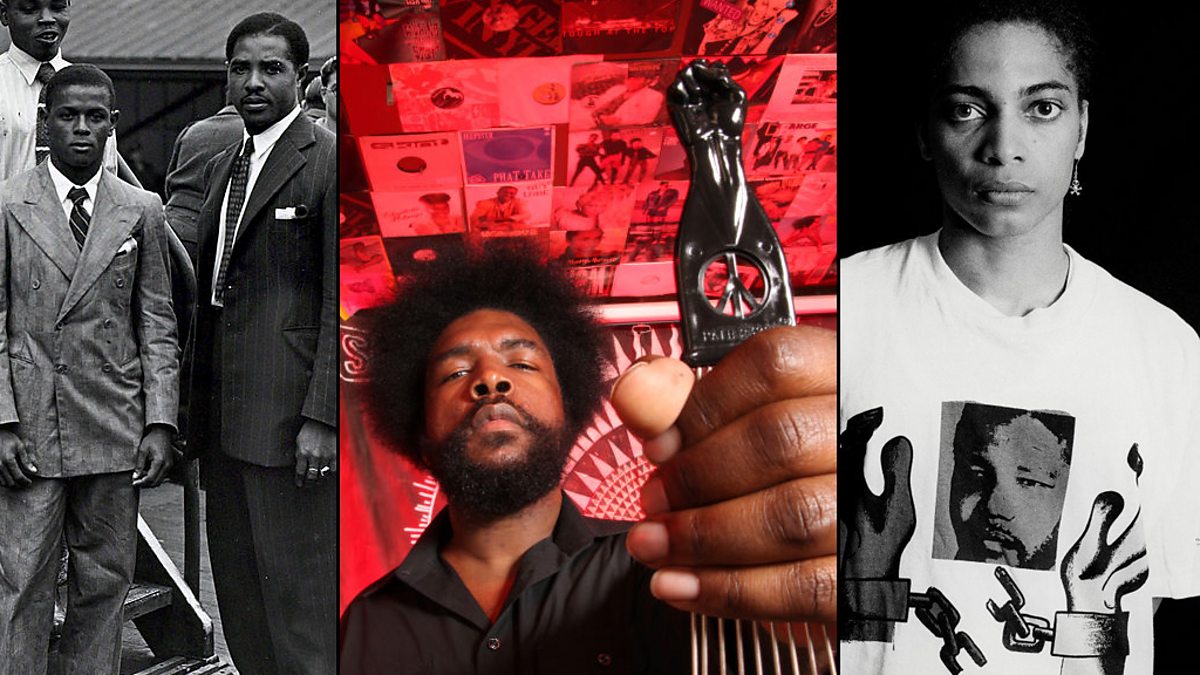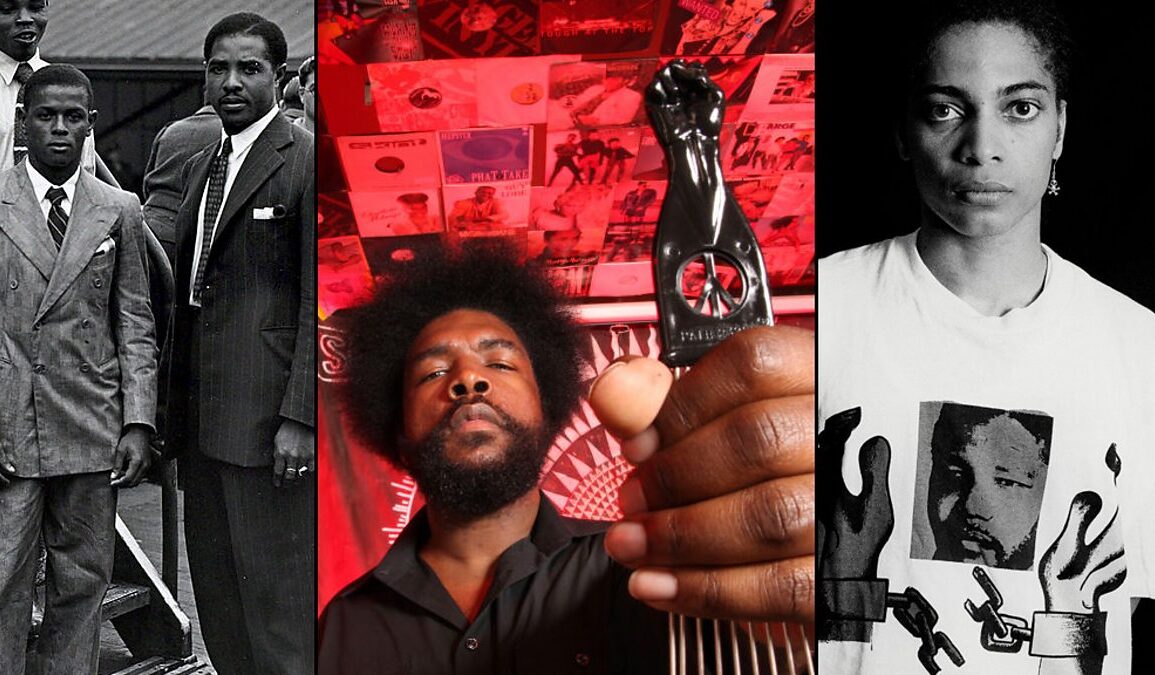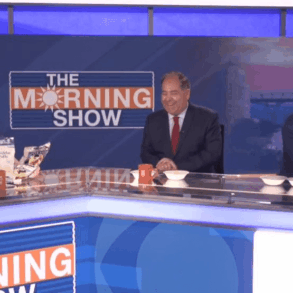
The Afro – and its comb – as symbols of empowerment
In the 1960s and ’70s, the Black Power movement grew in the US. Its aim was to instil racial pride and create political and cultural institutions with black people, their history, and an empowered future at its heart, although in the USA some of its methods were seen as controversial by parts of American society. The movement also spread into the UK, with protests and marches organised in different parts of the country. A symbol linked to Black Power is the Afro hairstyle, where black people wore their hair naturally without smoothing it down, as had previously been commonplace. These styles could be so voluminous, a special kind of comb was needed to maintain it.
“The afro comb emerged as part of the black consciousness and Black Power movement,” said Prof Tulloch. “Firstly in the United States and then, all over the world.”
Prof Tulloch also commented on the difficulty she had buying products made specifically for Afro hair in her home town of Doncaster when she was a teenager in the 1970s. She laughed: “If I went to London to see my gran, I would have orders from friends of what hair products they wanted. We went to Brixton and bought them there!”
This included the Afro comb. With its longer teeth, usually spaced wider apart than a regular comb, it made it easier to, as Prof Tulloch explained: “fluff out the hair and help to give it more volume.” She added that this also made the Afro comb useful to white people with thick, naturally curly hair who had previously struggled to pull narrow-tooth combs through their locks. As counterculture became popular in the 1960s, Prof Tulloch noted that white people could also be seen with their hair in the Afro style, especially at festivals such as Woodstock.
But the Afro comb was not a 20th Century invention. Examples of it can be traced back thousands of years. A more recent design became popular during the 1970s, with the handle of the comb ending in the clenched fist that was the salute of the Black Power movement. This was first patented by two Americans – Samuel H Bundles Jr and Henry M Childrey – in 1969.
This post was originally published on this site be sure to check out more of their content.








